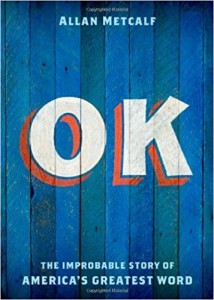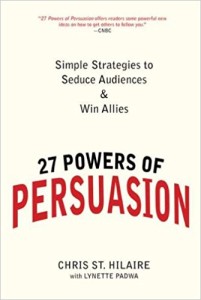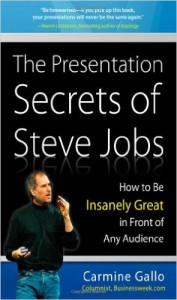Mythbusting Blog Content is More Than OK

“There may be more stories about the origin of ‘OK’ than there are uses for it,” a Mental Floss magazine article points out. Writers have attributed it to:
- the Haitian port Aux Cayes
- a Puerto Rican rum labeled “Aux Quais”
- the German alles korrekt
- shipbuilders marking wood for “outer keel”
- Civil War soldiers carrying signs for “zero killed”
The truth, as Allan Metcalf explains in OK: The Improbable Story of America’s Greatest Word, is that the expression “OK” was born as a lame joke by the editor of the Boston Morning Post in 1839, meant to poke fun at poor spelling habits.
Today, Mental Floss points out, “OK” has become an all-purpose expression in dozens of languages, used as:
- an enthusiastic cheer
- an unenthusiastic rating of a movie or a meal
- a way to draw attention to a topic shift in conversation
What Metcalf has achieved is a myth debunk, and myth-debunking is one great use for business blogs. Many misunderstandings about a product or service present themselves in the natural order of business, in the form of questions and comments from readers and customers. Shining the light of day on that misinformation shines light on your own expertise. If your blog post is well written, perhaps with a bit of tongue in cheek, it can offer enlightenment in a way that engages searchers and keeps them coming back.
In the process of debunking a myth, I tell business blog content writers, you can:
- Offer little-known, interesting information related to your industry
- Season that information with your own unique slant
- Demonstrate your knowledge and expertise as a business owner or practitioner
An important caution is in order when it comes to myth busting in blogs, however. As a blog writer, you want to use myth busting in your corporate blog to showcase your knowledge (as opposed to “showing up” your readers’ lack of it).
So long as you keep that important caveat in mind, mythbusting blog content is more than OK!

 “Many claim that the word “forte”, coming from the French fort, should properly be pronounced with one syllable. Common usage, however, prefers the two-syllable pronunciation (for-tay), which has been influenced by the music term forte, borrowed from Italian. Speakers can continue using forte as one syllable knowing that the origin of the word supports this pronunciation, but they do so at increasing risk of puzzling their listeners.”
“Many claim that the word “forte”, coming from the French fort, should properly be pronounced with one syllable. Common usage, however, prefers the two-syllable pronunciation (for-tay), which has been influenced by the music term forte, borrowed from Italian. Speakers can continue using forte as one syllable knowing that the origin of the word supports this pronunciation, but they do so at increasing risk of puzzling their listeners.”


Follow us online!